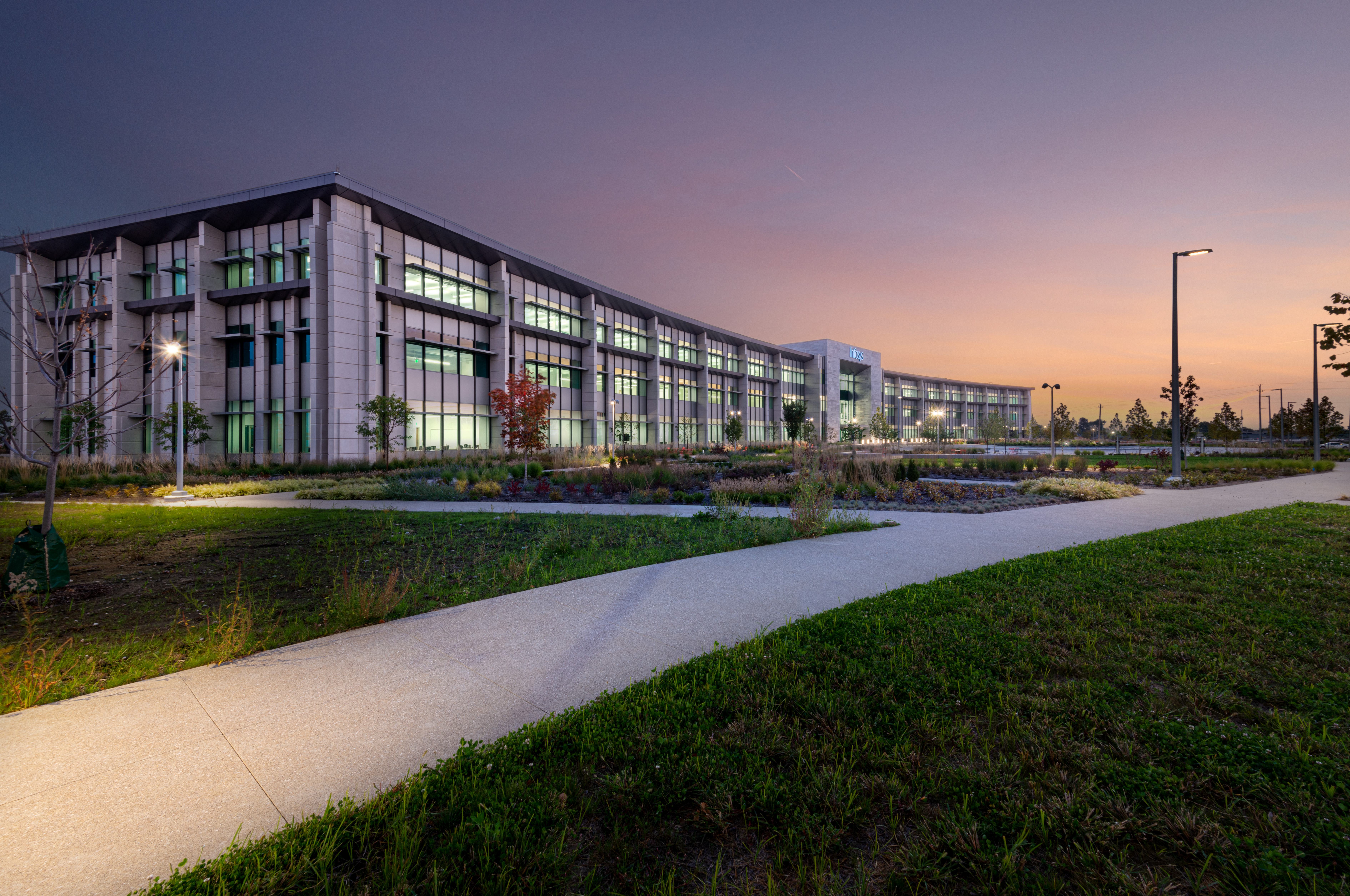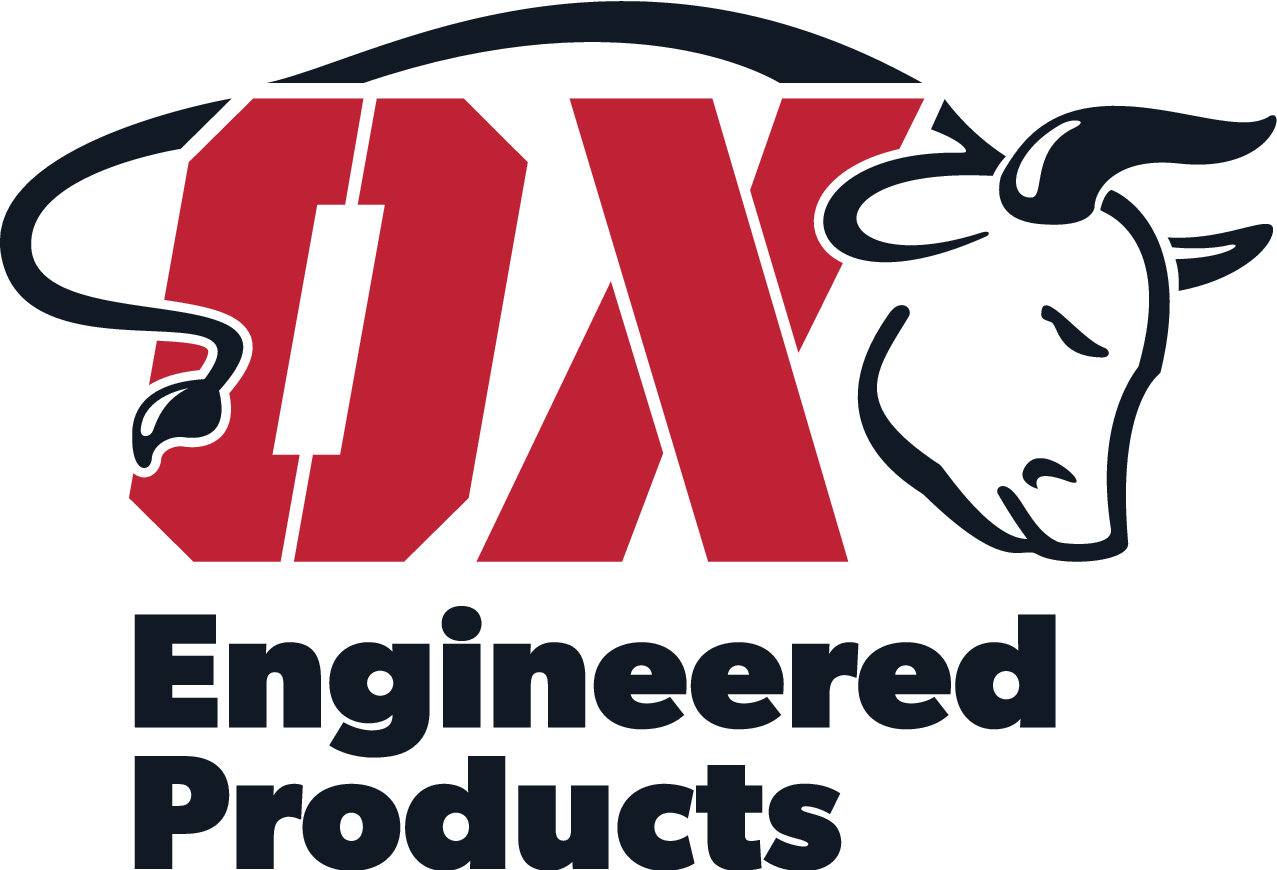Emerging Trends in High-Performance Enclosure Optimization
A Framework for Achieving Low-Carbon Building Design and Construction Solutions for Building Enclosures
Sponsored by OX Engineered Products and TAMLYN | Presented by Daniel Overbey
Webinar On-Demand
This webinar will provide an introductory-level overview of how building design teams can optimize their enclosures for high-performance outcomes. The session will articulate the importance of setting clear, measurable performance objectives at pre-design. Next, the concept of a carbon assessment will be introduced, including the scope of what it typically entails on a building project.
Then, the presentation will outline parallel processes for leveraging building performance simulation tools to optimize enclosure solutions through the design process. Finally, the session will describe building enclosure commissioning and underscore its potential to better ensure high-performance outcomes.

Photo courtesy of Browning Day
 |
Daniel Overbey, AIA, NCARB, LEED Fellow, LEED AP (BD+C, ID+C, O+M), WELL AP, EcoDistricts AP, ActiveScore AP, is an Associate Principal and Director of Sustainability for Indiana-based Browning Day and an Assistant Professor of Architecture at Ball State University’s R. Wayne Estopinal College of Architecture and Planning. His work focuses on high-performance and zero net energy/zero net carbon building design and construction, environmental systems research, energy/life cycle assessment modeling, and resilient design. Daniel has led sustainability efforts on a number of high-profile green building projects including the first ILFI-certified zero net energy building in Indiana, the largest corporate LEED Platinum project in Indiana, the only dual LEED and SITES certified project in Indiana, and the first higher-education building in Indiana to achieve LEED and Fitwel certification. Daniel is a past President of the Indiana Chapter of the American Institute of Architect (AIA Indiana) and is a past Chair of the Indiana affiliate of the U.S. Green Building Council (USGBC). Daniel holds a Master of Architecture degree from the University of Nevada, Las Vegas (UNLV). |
LEARNING OBJECTIVES
- Explain the role and impact of establishing a minimum performance standard for any building project—and why regular updates to the standard matter with regard to climate action.
- Define what a carbon assessment is for a building project and what should be included in the scope of the assessment.
- Describe the process by which building performance simulation (BPS) tools can be implemented in building projects to optimize strategies for reducing operational and embodied carbon.
- Express the importance of building enclosure commissioning (BECx) as a means of quality assurance with regard to high-performance outcomes.













